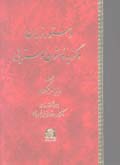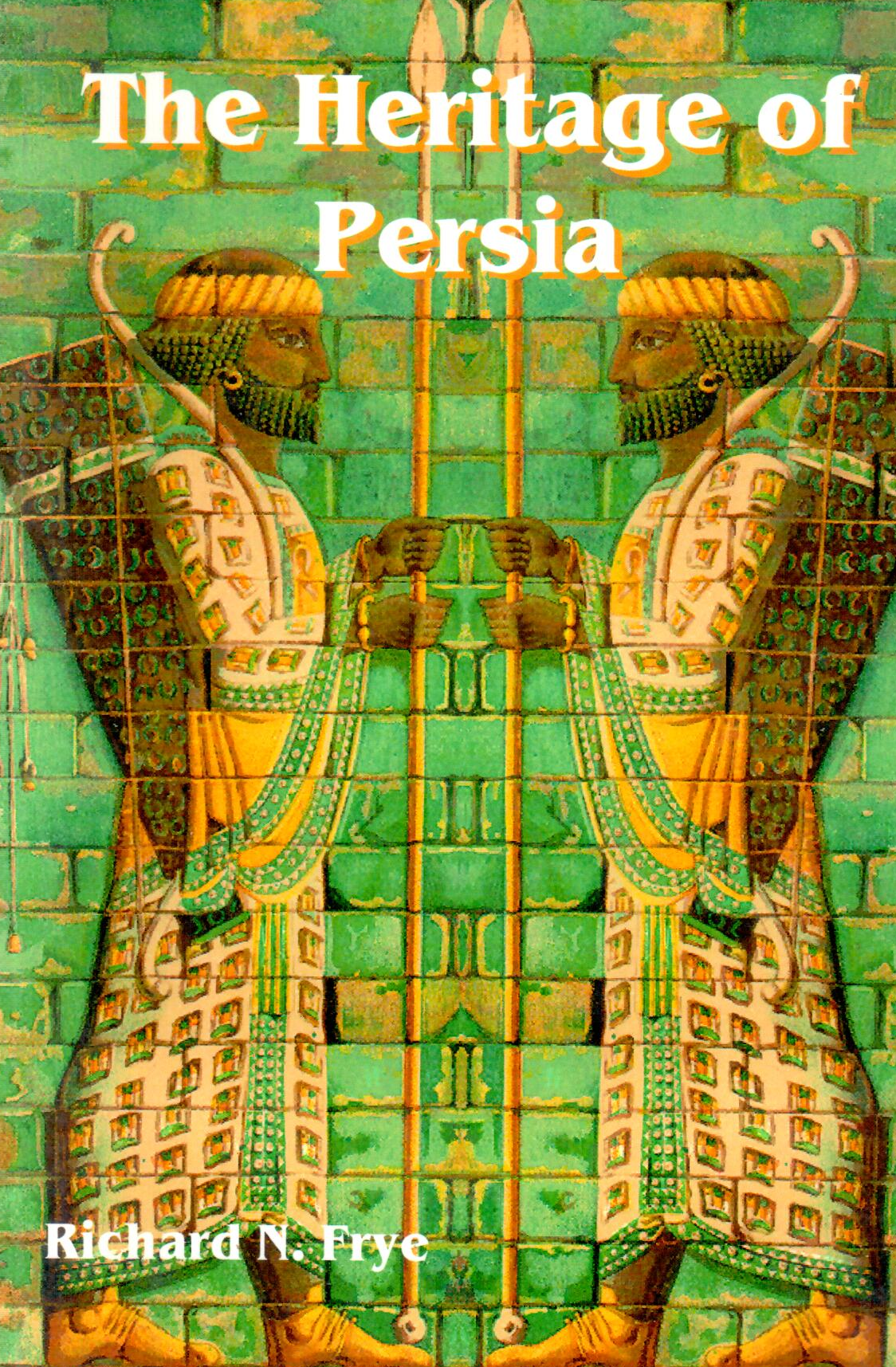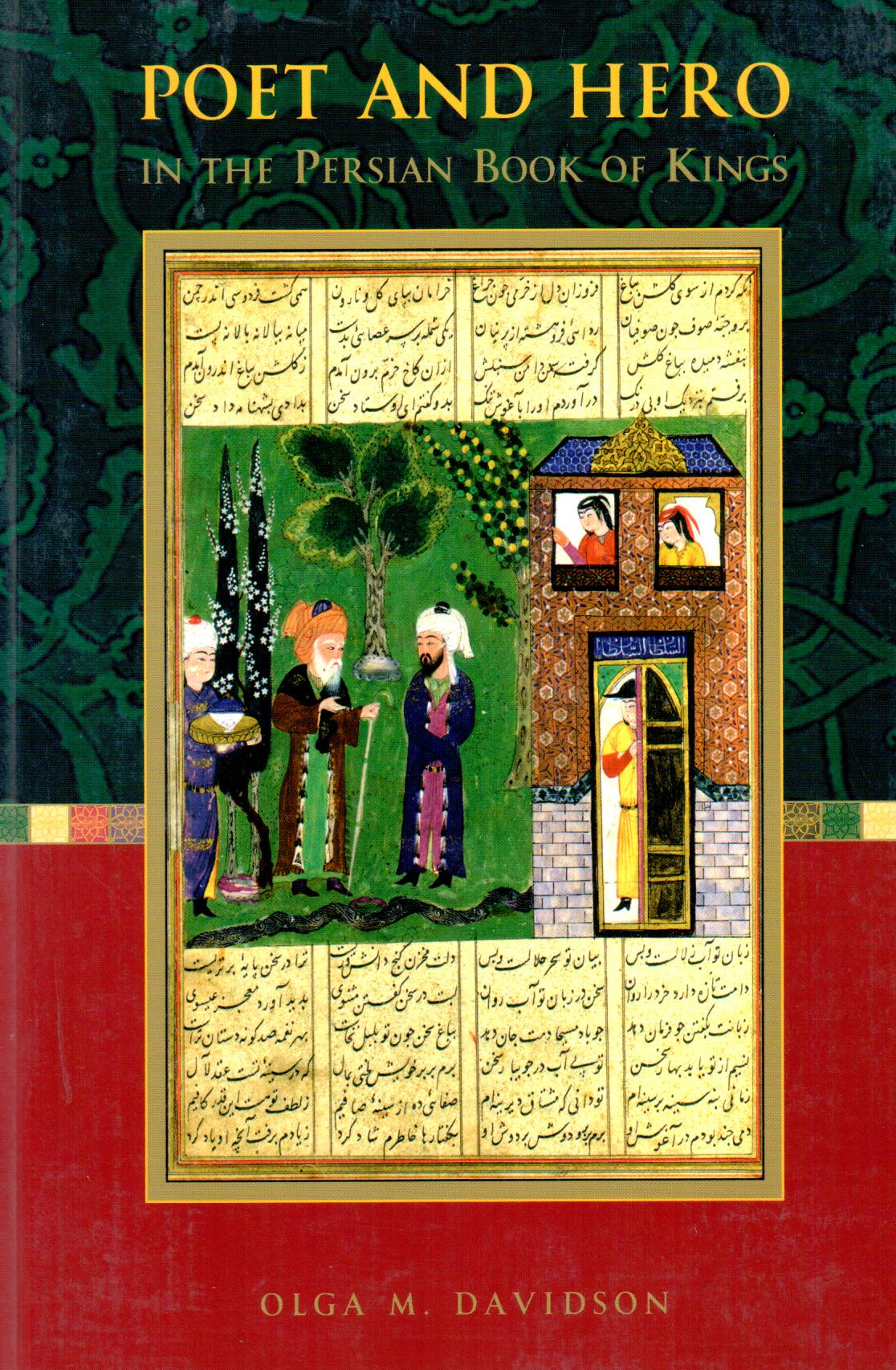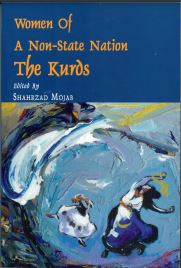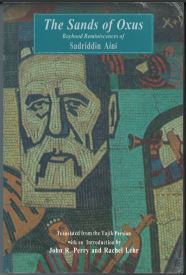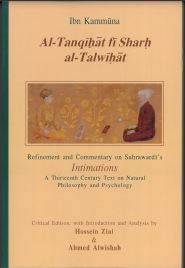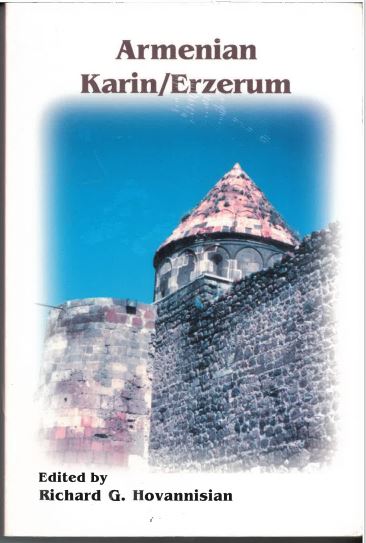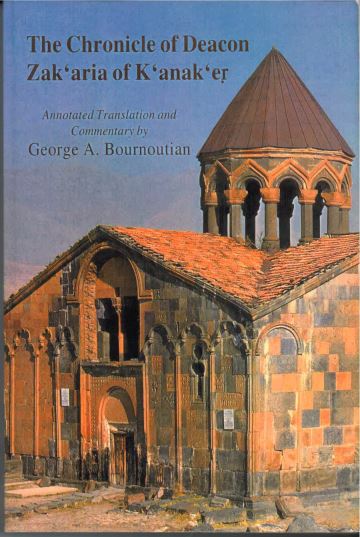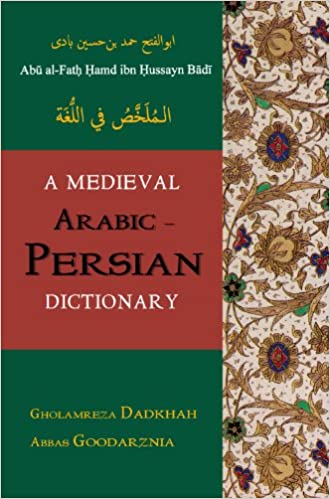The Zoroastrian Tradition: An Introduction to the Ancient Wisdom of... انگلیسی 2003
The Zoroastrian Tradition: An Introduction to the Ancient Wisdom of...
195 SEK
اشتراکگذاری
Wishlist
شابک:
1568591101
ناشر:
Mazda Publishers
گروه سنی:
بزرگسال
صفحات:
162
وزن:
280 g
ابعاد:
14 x 21 x 1٫13 cm
جلد کتاب:
شومیز
This book is concerned with the doctrinal beliefs of the practising Zoroastrians examined within the frames of the Gothic principals. Variances in the current practice are considered. The doctrinal changes are explained in the light of socio-political forces operating in each distinct historical era. In this exercise no scholarly speculation is taken on face value.
The common mythology of the Indo-Iranian people have been used to explain the process of reintroduction into the younger Avesta of the Indo-Iranian deities in the form of Yazatas. Our starting point is that Zoroaster preached a new religion. He broke away from the rituals associated with the worship of may deities and Daevas. He rejected the idea of the divine descent of the religious and civil leaders and rulers, and invited people to stand against injustice.
The author outlines the forgotten spirituality of Zarathustra and shows how it has influenced the Abrahamic Religions. The reader is initiated into the Gathic principles of the Avestan and Pahlavi sacred texts, \Asha] the principle of GodYs will, the moral dualism of good and evil, the creative Holy Spirit of Spenta Mainyu, the immortality of the soul, the p
more
This book is concerned with the doctrinal beliefs of the practising Zoroastrians examined within the frames of the Gothic principals. Variances in the current practice are considered. The doctrinal changes are explained in the light of socio-political forces operating in each distinct historical era. In this exercise no scholarly speculation is taken on face value.
The common mythology of the Indo-Iranian people have been used to explain the process of reintroduction into the younger Avesta of the Indo-Iranian deities in the form of Yazatas. Our starting point is that Zoroaster preached a new religion. He broke away from the rituals associated with the worship of may deities and Daevas. He rejected the idea of the divine descent of the religious and civil leaders and rulers, and invited people to stand against injustice.
The author outlines the forgotten spirituality of Zarathustra and shows how it has influenced the Abrahamic Religions. The reader is initiated into the Gathic principles of the Avestan and Pahlavi sacred texts, \Asha] the principle of GodYs will, the moral dualism of good and evil, the creative Holy Spirit of Spenta Mainyu, the immortality of the soul, the p
more



